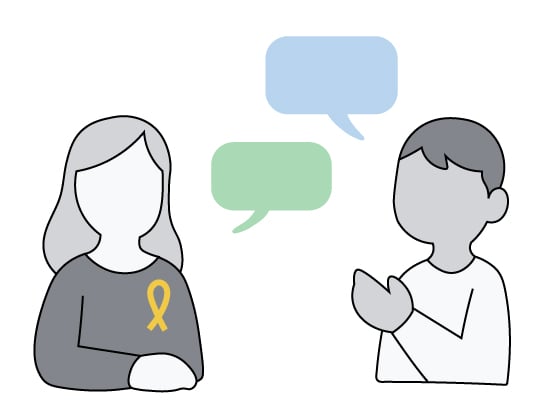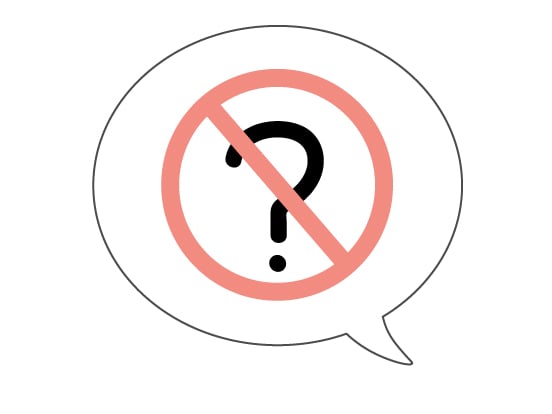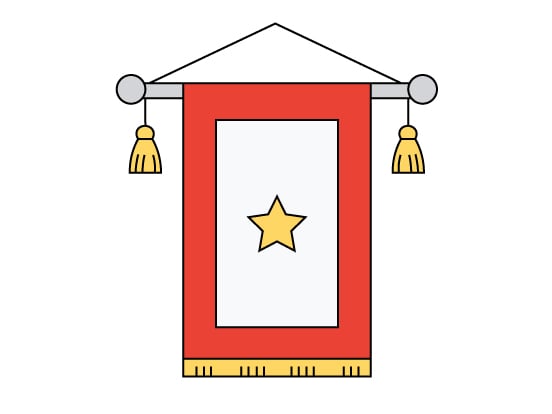
Learn more about how to engage in meaningful conversations
We've heard from veterans about the importance of some of the phrases that people say and topics that people raise. You can demonstrate your support for the military community through the things that you say (or don’t say) to veterans and service members. With help from the veteran community, we've put together a few examples.

Instead of saying
Thank you for your service
Ask questions like: How long did you serve? Where were you stationed? What did you do in the military?
Why? Veterans appreciate you thanking them, but asking about their time in the military opens the door to a more meaningful conversation.

Do say
Welcome home to Vietnam era Veterans
Why? When Vietnam era veterans came home 50 years ago, most were not welcomed home or recognized for their service. Showing appreciation now is a way to acknowledge this and belatedly honor their service and sacrifice.

Avoid asking about
Deaths, killing, and personal loss
Why? Not all veterans were in combat and had these kinds of experiences, and for those who did, the topics could be upsetting.

Don’t say
Happy Memorial Day
Why? Although it’s OK to enjoy the time off that often comes with the holiday, the holiday itself was created to honor those who died while serving in the U.S. military. For veterans and military families, it’s often a day of remembrance and more appropriately acknowledged as such.
Get involved in community programs
Consider taking the VA's REACH pledge online to support veterans and increase mental health awareness. Many veterans service organizations offer opportunities for allies to engage. We worked with our own veteran community to identify a handful of them. You can explore the options below for some ideas about how and where to get involved.
How you can get involved
Habitat for Humanity enables volunteers across the country to help build and repair homes. Consider joining a veterans build experience that brings together veterans, military families and their neighbors to build and repair homes for veterans and military families.
How you can get involved
Student Veterans of America is a leading advocacy group for veterans in higher education. If you’re a student in higher education, consider joining one of 1,500 on-campus chapters to connect with student veterans and military-connected students.
How you can get involved
Team RWB (Red, White, and Blue) is building the nation's premier veteran health and wellness community. It has chapters across the country, and is focused on connecting veterans to their community through physical and social activity. Team RWB events (e.g. team runs) are open to all interested participants. Join an in-person or virtual event to connect with veterans in your community.
How you can get involved
Code of Support is an organization that works to eliminate barriers between veterans and the programs designed to support and serve them. They’ve created a list of 99+ specific actions that you can take to support veterans and the military community. Look through the list to find options that work for you.
How you can get involved
The Mission Continues works to connect veterans with under-resourced communities, i.e. they deploy veteran volunteers to work alongside nonprofit partners and community leaders to tackle problems and make improvements. You can sign up to join a mission and a team in your local community.
